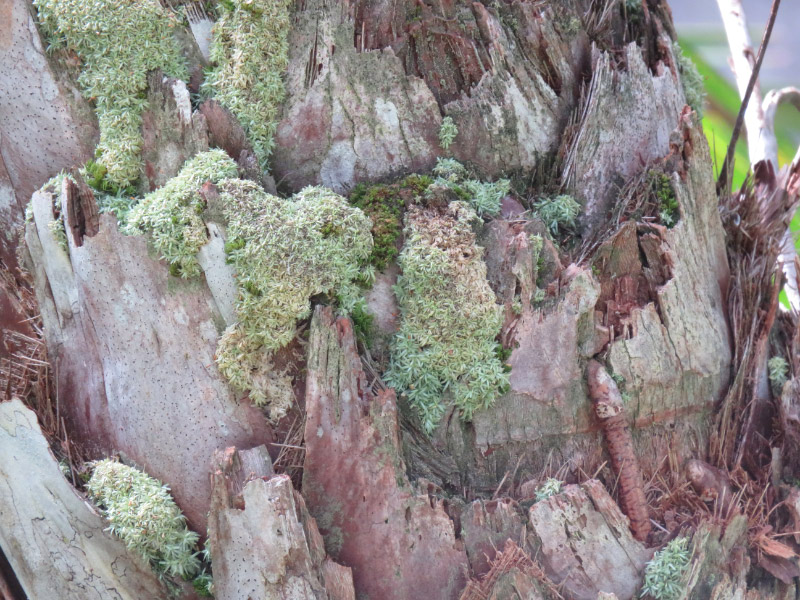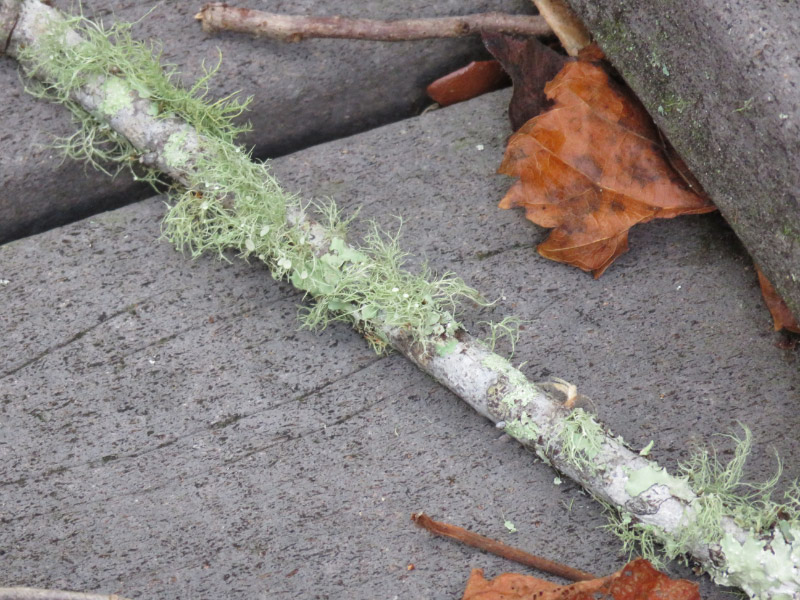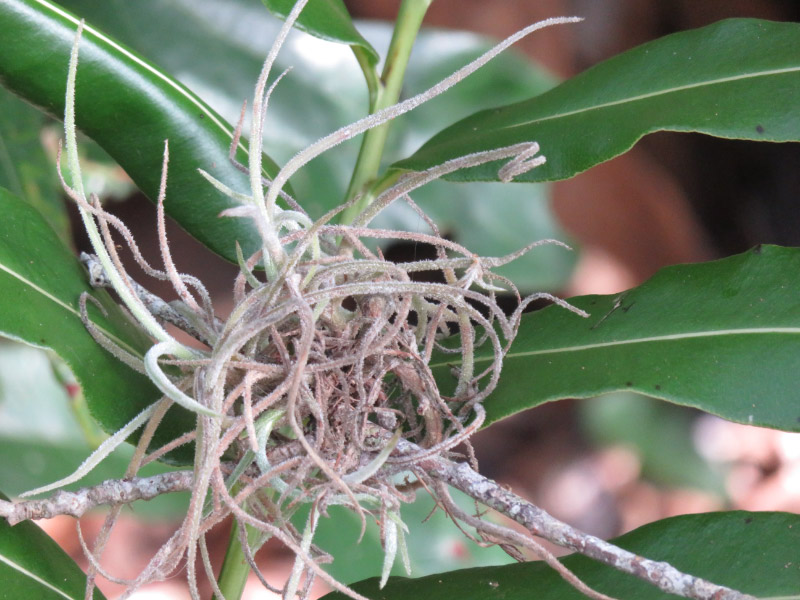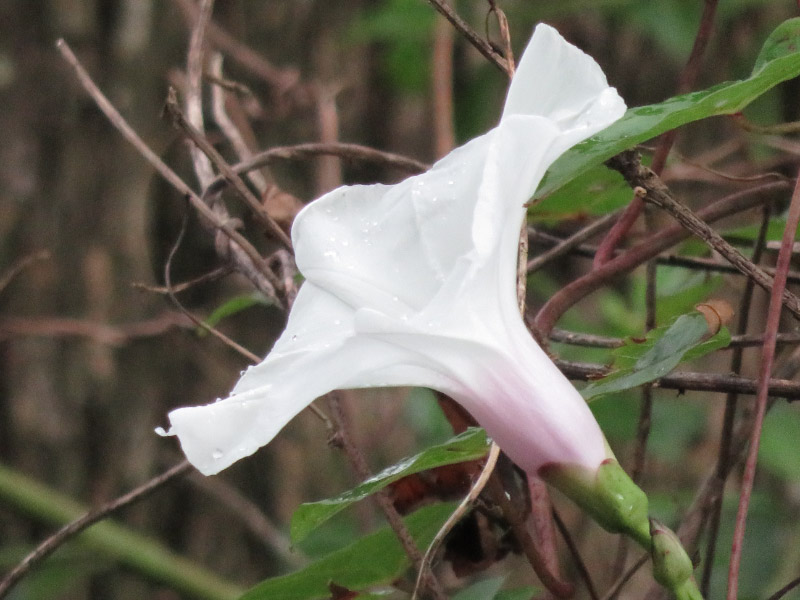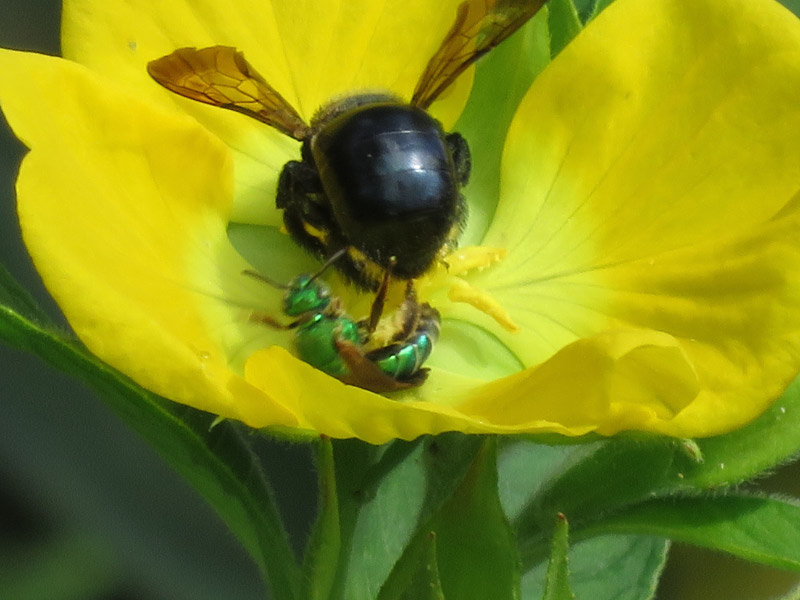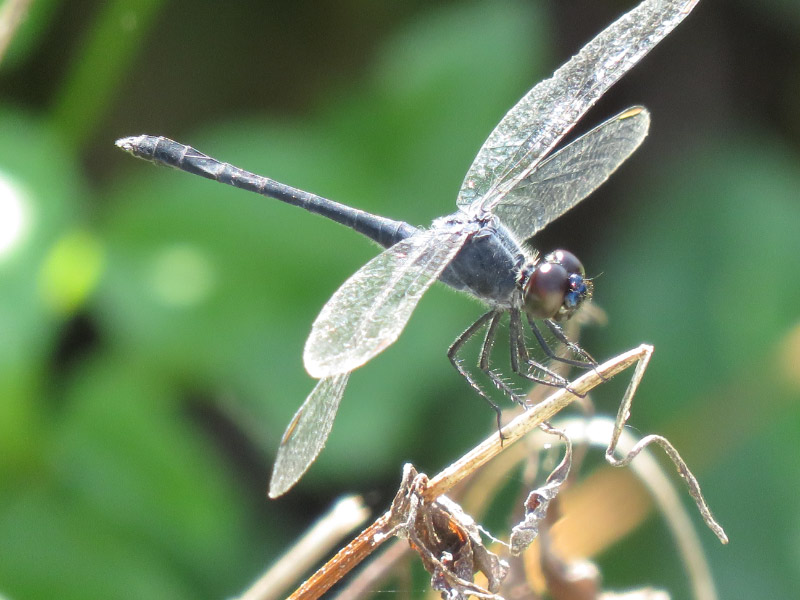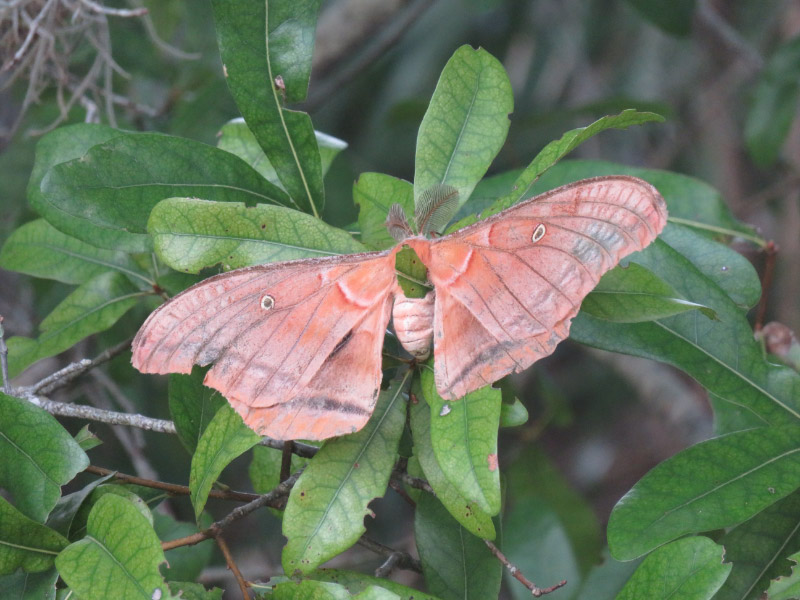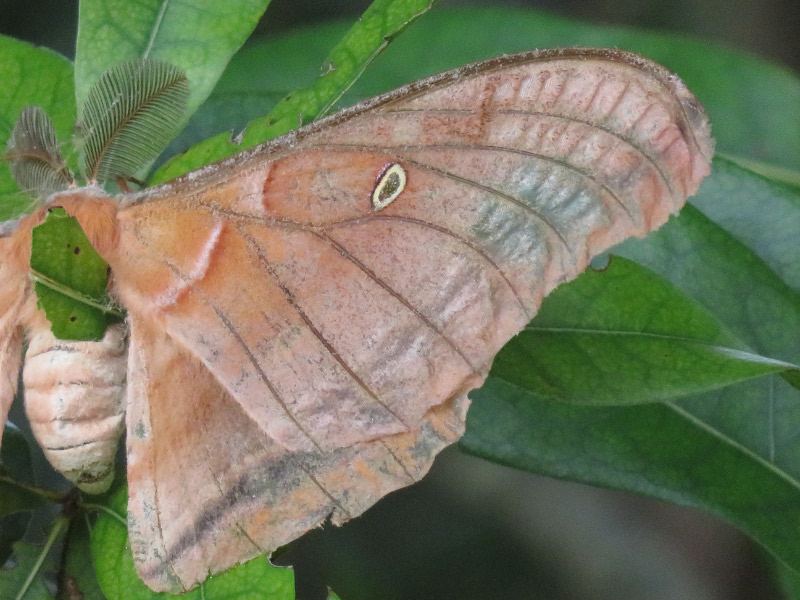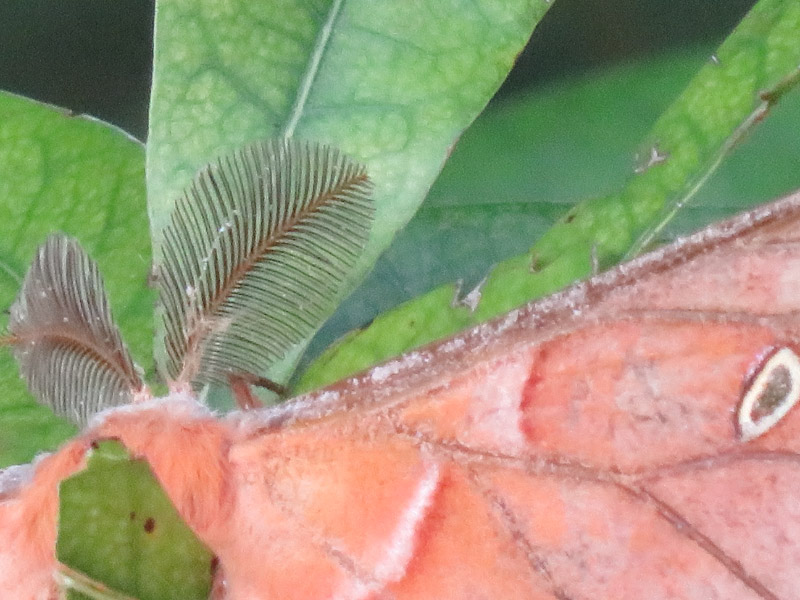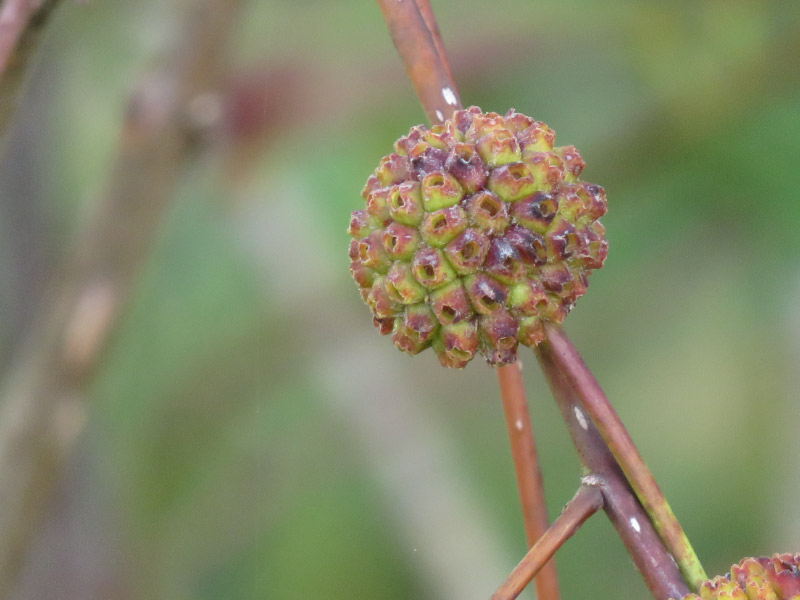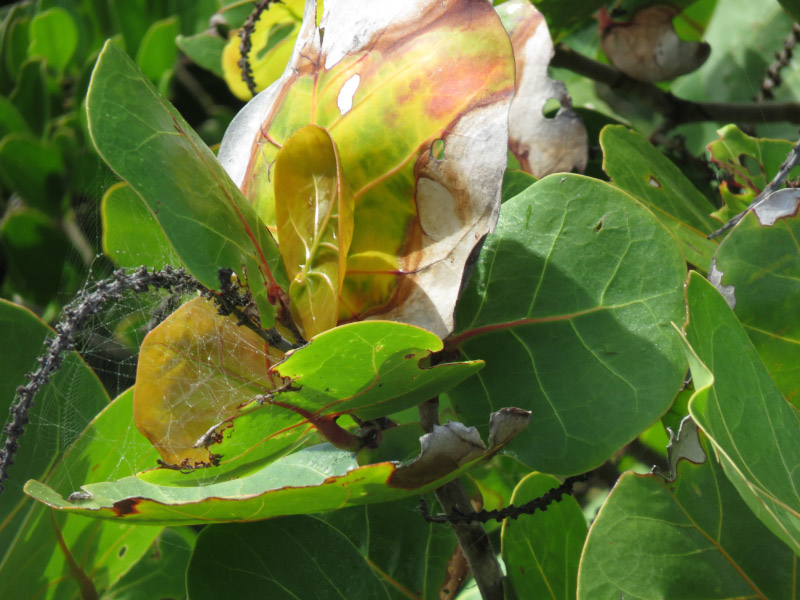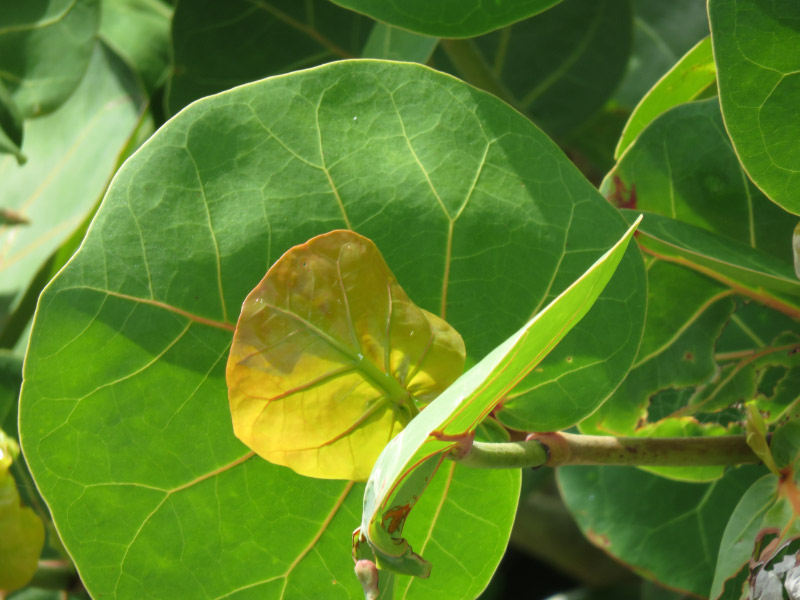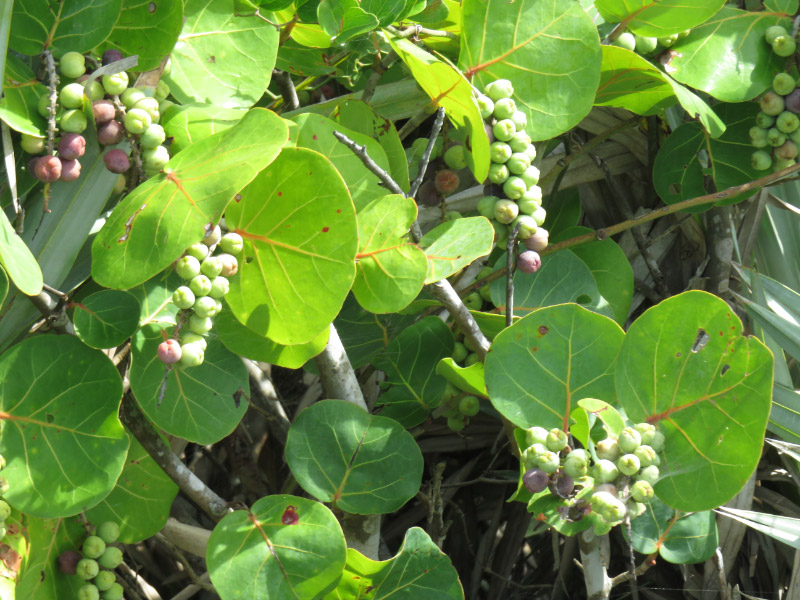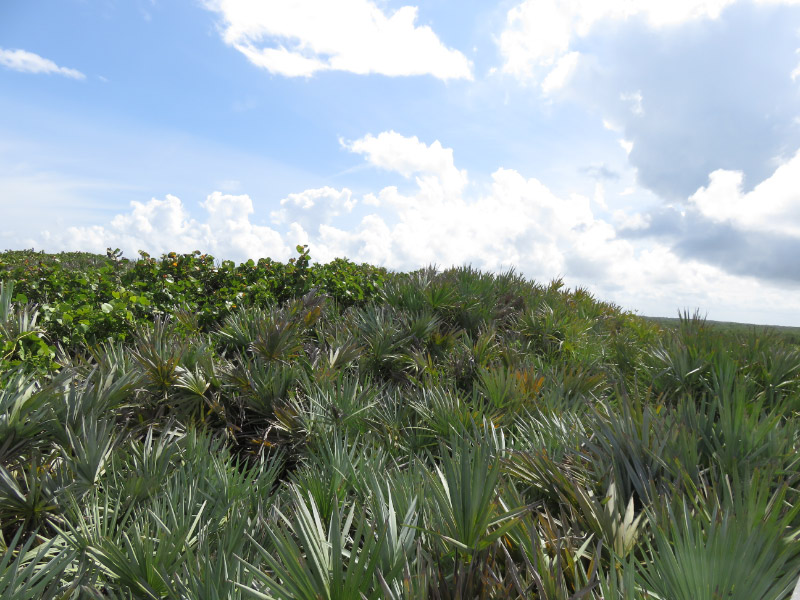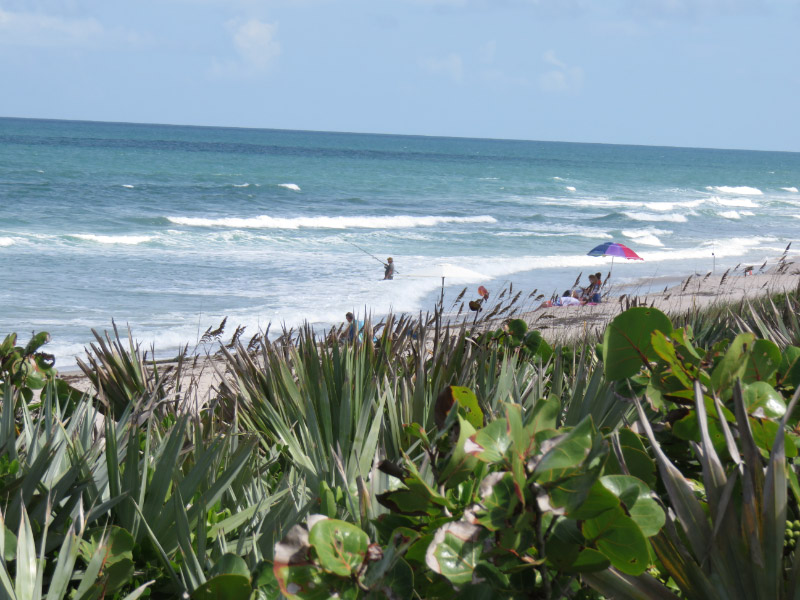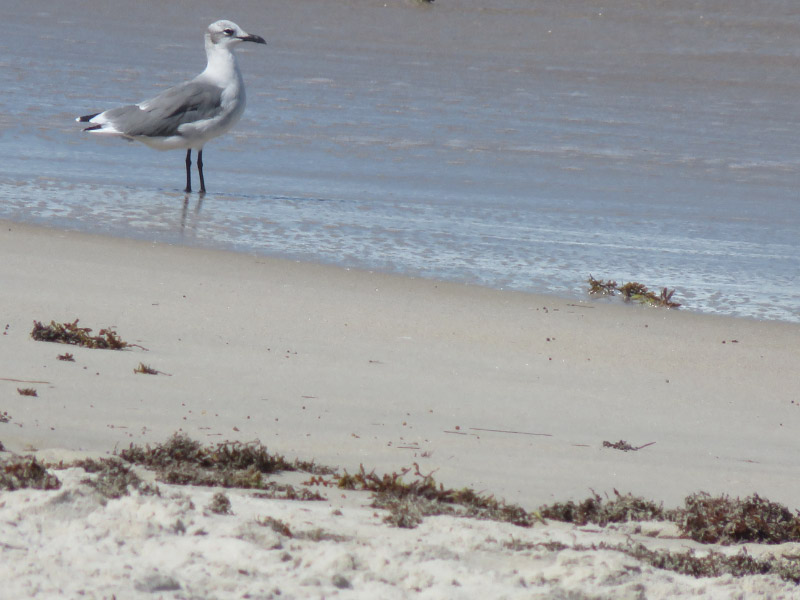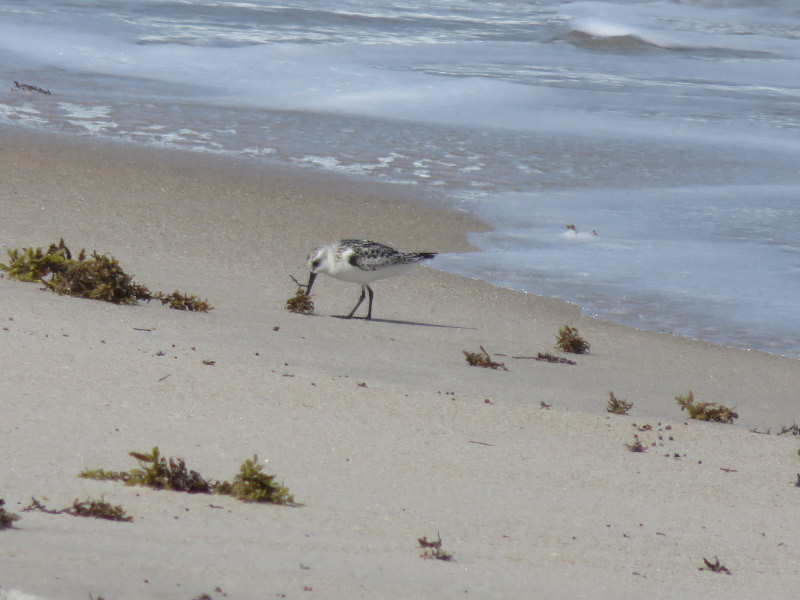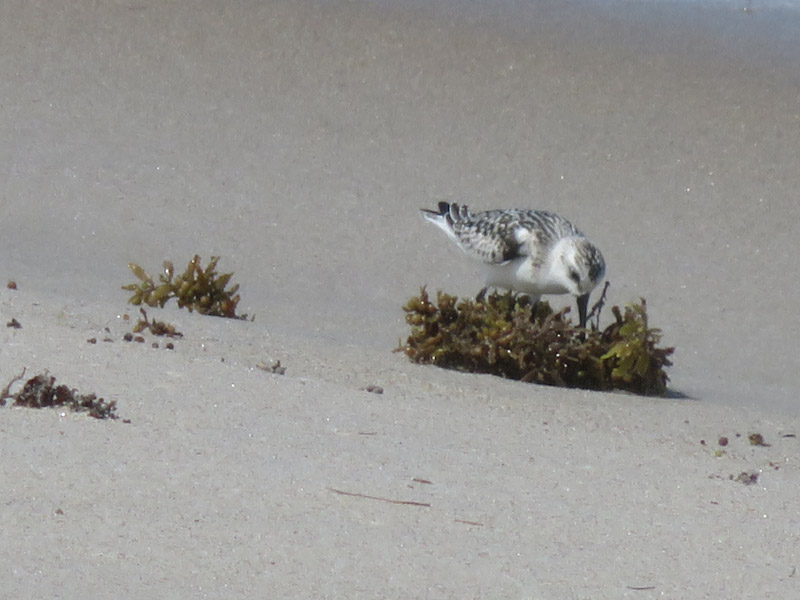Gleanings of the Week Ending December 31, 2016
/The items below were ‘the cream’ of the articles and websites I found this past week. Click on the light green text to look at the article.
Best of Mulitmedia 2016 – From The Scientist so most from the Life Sciences perspective. There is a display of infographics then links to the full stories. After that there are some videos. Quite a lot happened in 2016!
How to draw PACH – I am so pleased with this pattern. Remember the paper chains that children enjoy making with strips of construction paper? I remember making them…my daughter made them too. This is a Zentangle® pattern to draw them! It’s a lot easier than I thought it would be.
Happy Anniversary to Photo Ark! 10 Years, 6,300 Animals Photographed – The post is about Joel Sartore’s project to photograph the animals of Earth. Take a lot at the Photo Ark site as well!
Pregnancy leads to changes in the mother’s brain – I think most women acknowledge that there is a change…initially thinking it is just the effect of sleep-deprivation….and later realizing that part of the change is still there after the baby is sleeping through the night. For me – it not only helped me into motherhood, it also enhanced my ability to empathize with others. That made me a better manager and leader at work.
10,000-Year-Old Turf War – Even hunter-gatherers fought other groups of hunter-gatherers. I’m still following up on articles the students in the Osteoarcheology course on Coursera are finding.
Treasure Trove of Newly Discovered Species Includes a Newt that Looks Like a Klingon – My favorite is the first image (the Phuket horned tree agamid). Which one is yours?
“Celldance” Selections – 3 short cell biology videos: cell division, dendritic cell motion, and microscopy of living cells (within the body)
The strange effects of thinking healthy food is costlier – Evidently the health=expensive equation has a bigger impact on our perception (and purchasing) than objective evidence!
Phenology of Bee Genera: MidAtlantic States: USA – A slide show of graphs showing weekly counts for bees (by genus) in the area where I live from Sam Droege at the USGS Bee Lab….and links to other slideshows by the same author
Buying Experiences vs Buying Things – An infographic comparing spending choices (there is a link to expand the infographic…makes it readable). There are a lot of reasons that spending on experience adds to our happiness more than spending on things.

